Microwave 4 Click
R650.00 ex. VAT
Microwave 4 Click is a compact add-on board that utilizes the Doppler Shift Phenomenon to sense motion. This board features the PD-V12, a miniature high-frequency microwave transceiver from Ningbo Pdlux Electronic Technology. The transmitter on this transceiver works on a 24.1GHz frequency over the flat Plane antenna. The strength of the sensor’s output, in other words, the detection range, depends on the Signal-to-Noise ratio. This Click board™ makes the perfect solution for the development of intrusion alarms, automatic door openers, presence-sensing applications, and more.
Microwave 4 Click is fully compatible with the mikroBUS™ socket and can be used on any host system supporting the mikroBUS™ standard. It comes with the mikroSDK open-source libraries, offering unparalleled flexibility for evaluation and customization. What sets this Click board™ apart is the groundbreaking ClickID feature, enabling your host system to seamlessly and automatically detect and identify this add-on board.
Stock: Lead-time applicable.
| 5+ | R617.50 |
| 10+ | R585.00 |
| 15+ | R552.50 |
| 20+ | R531.70 |

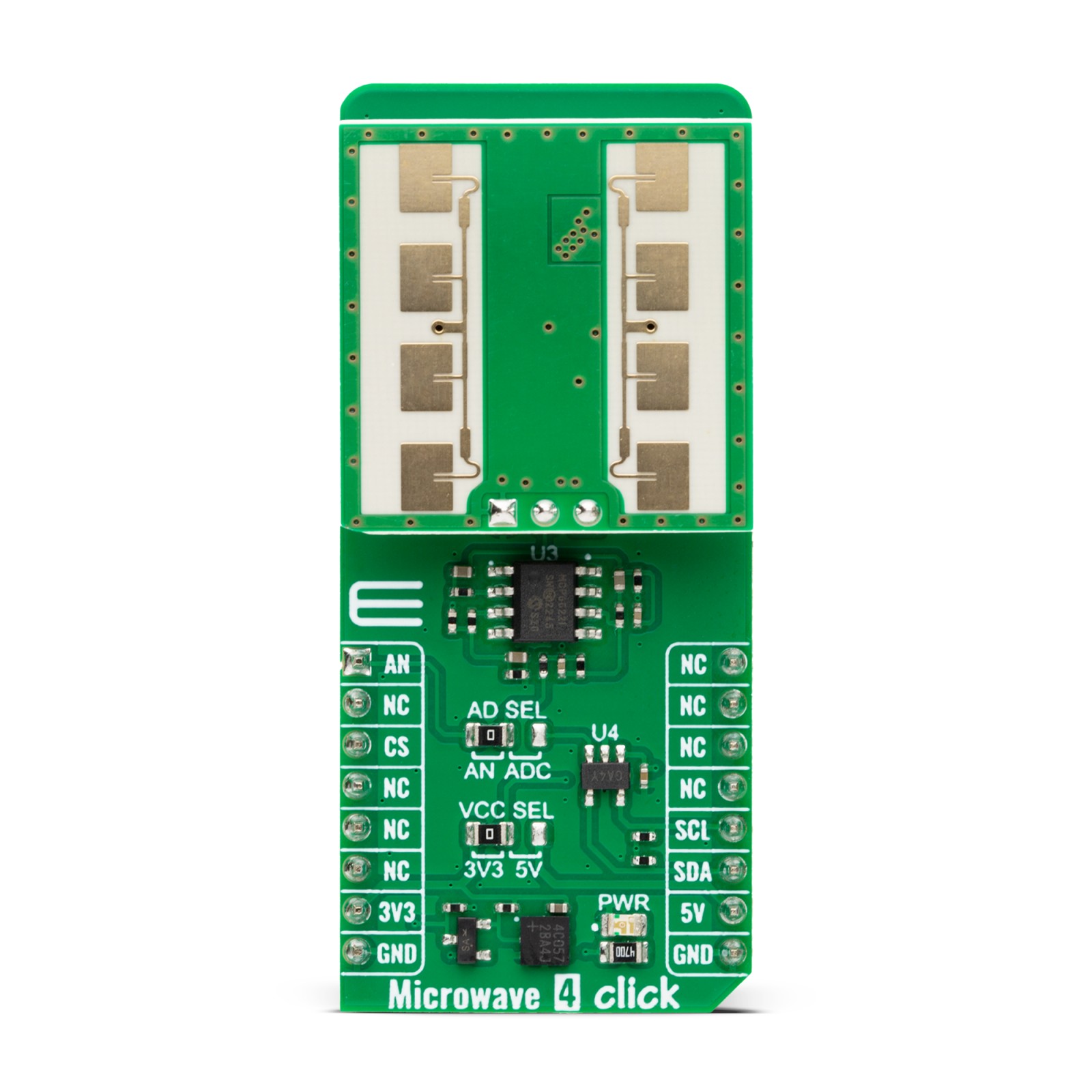
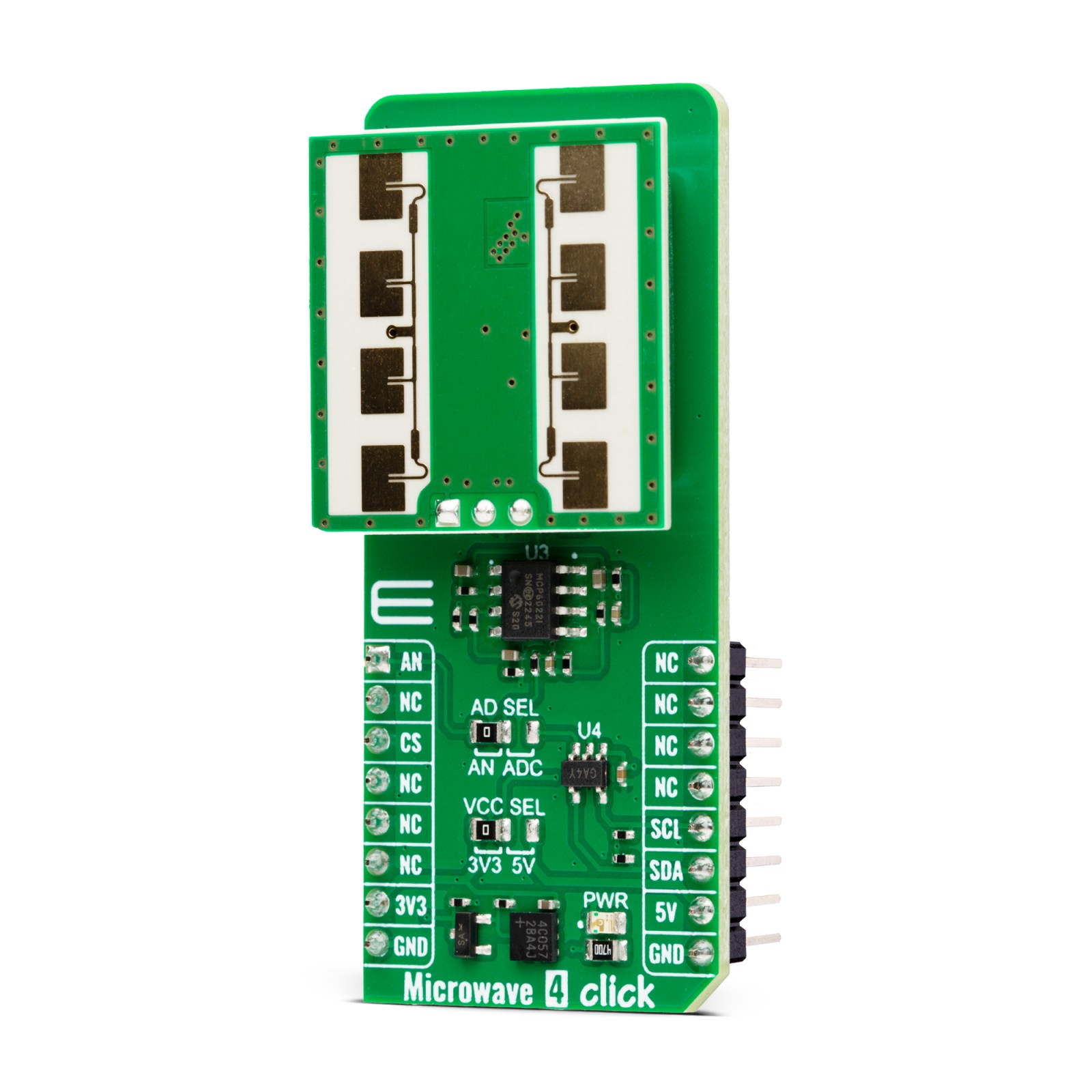

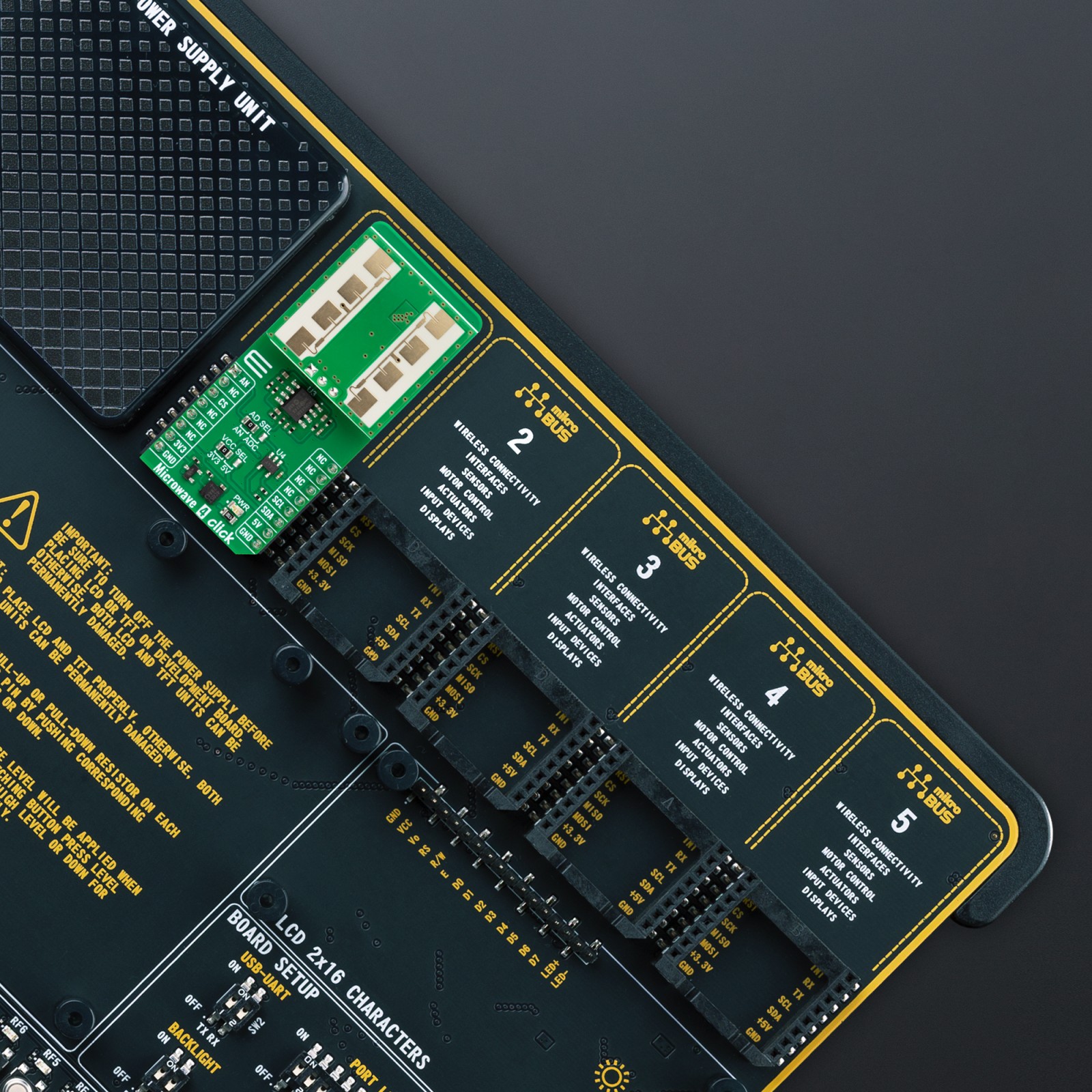
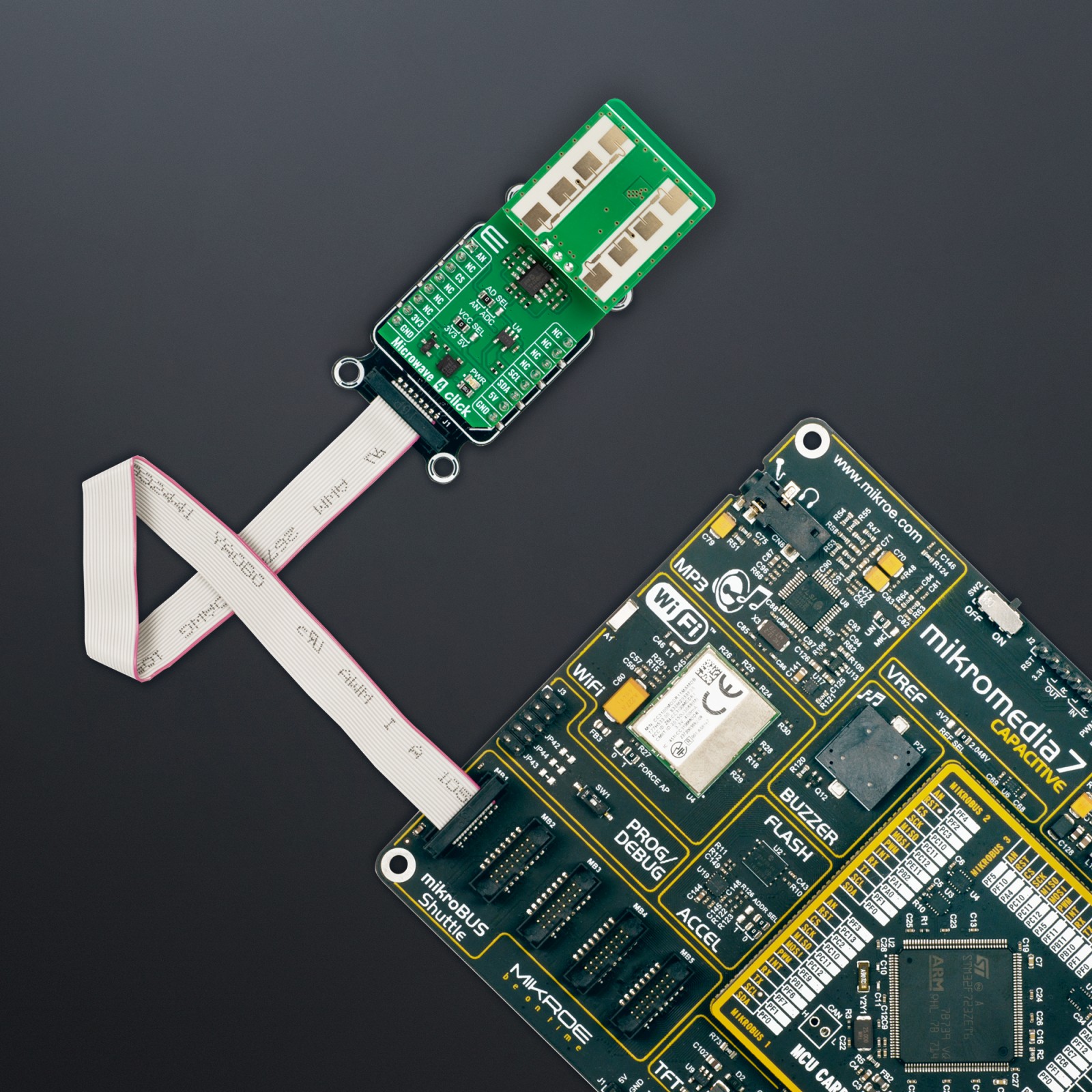
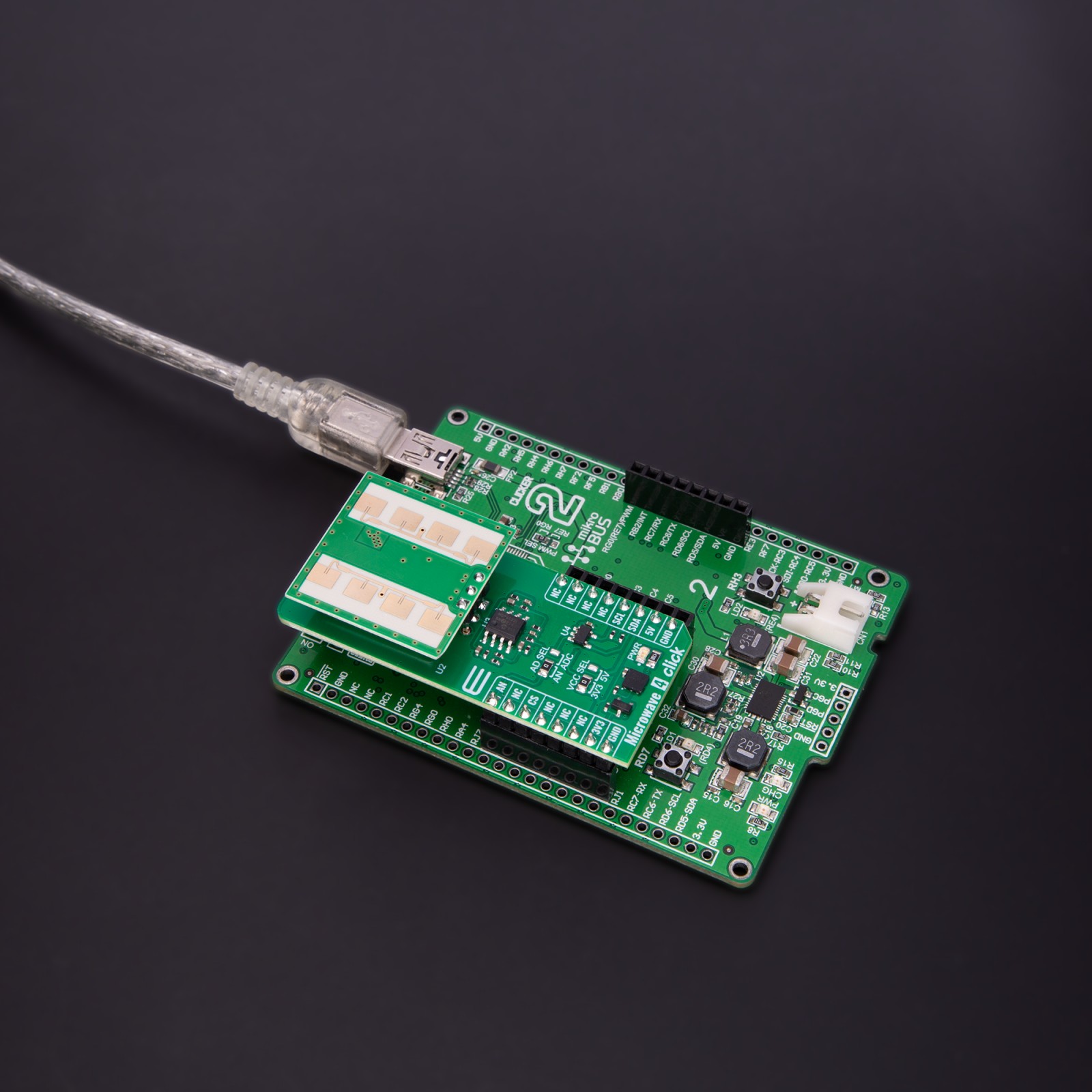
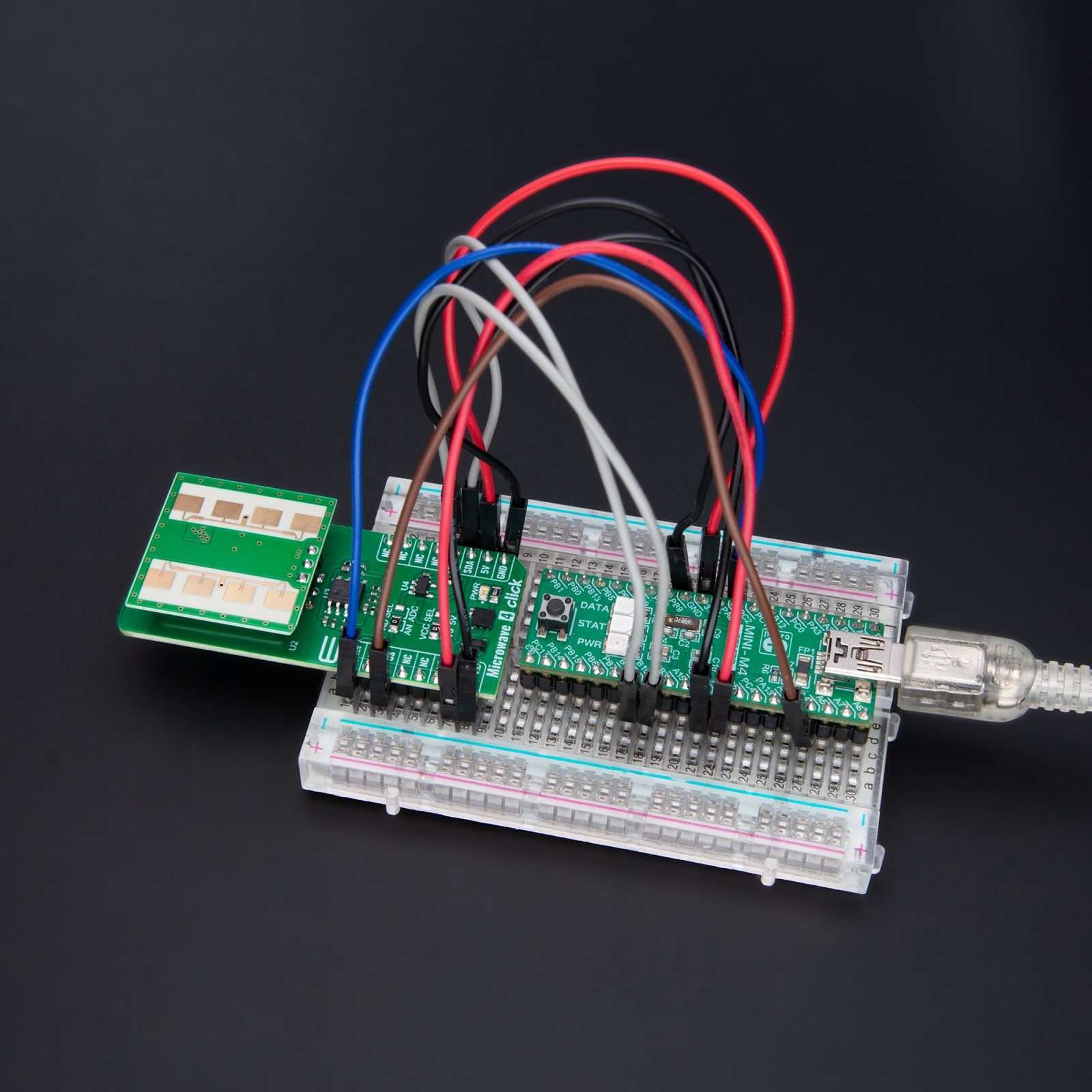
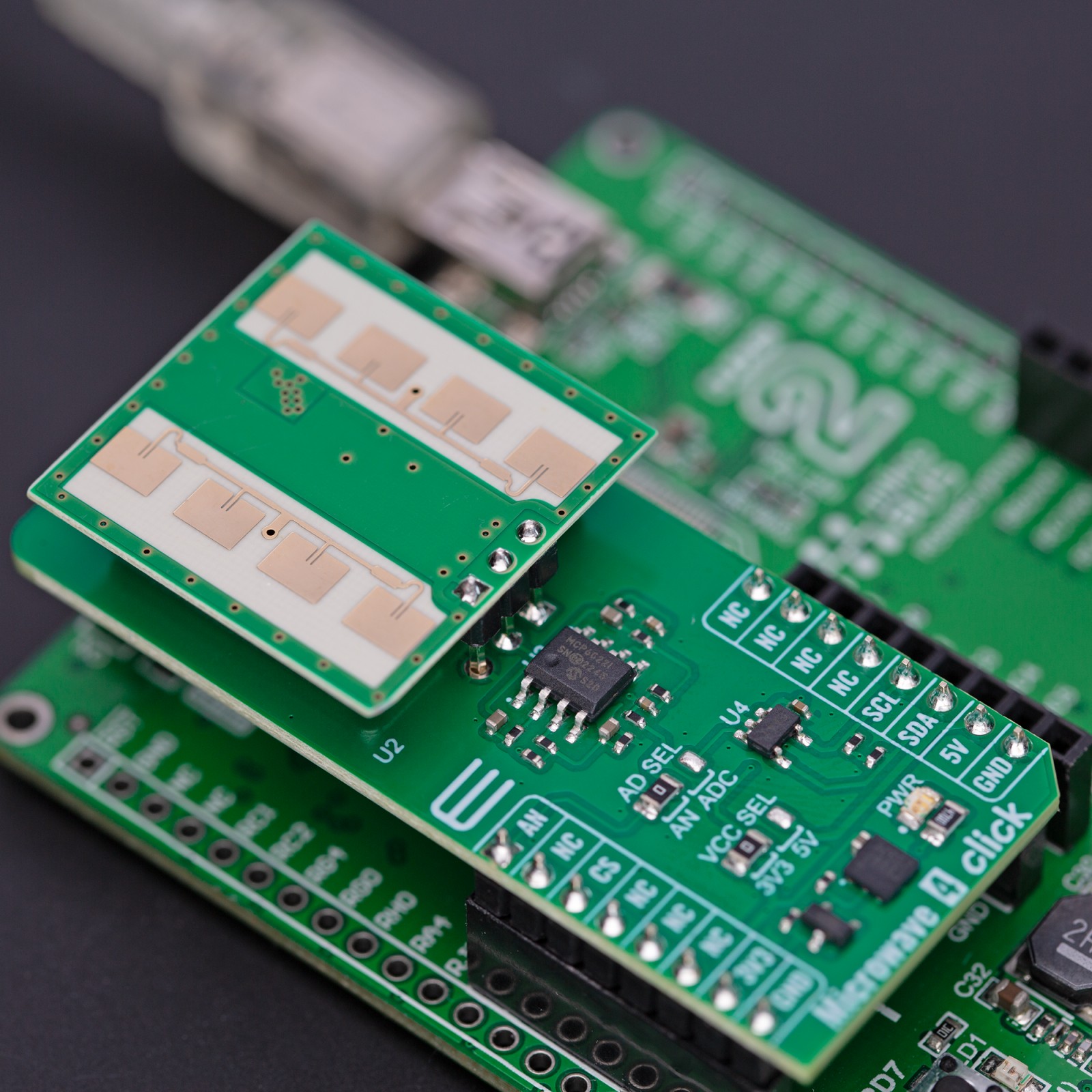

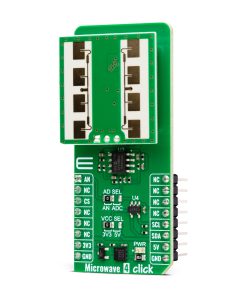
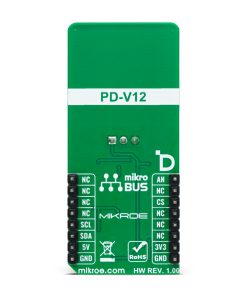
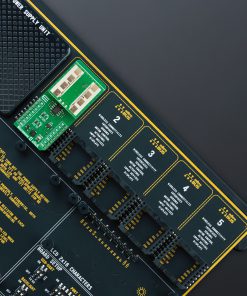
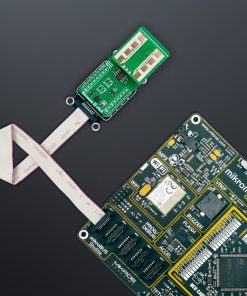
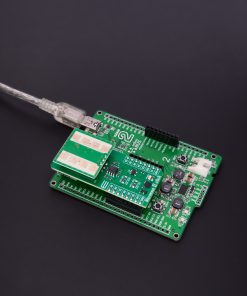
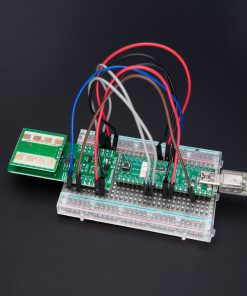
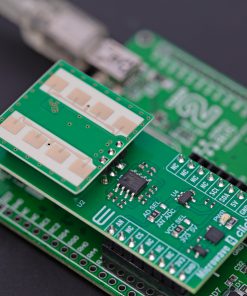
.jpg)








